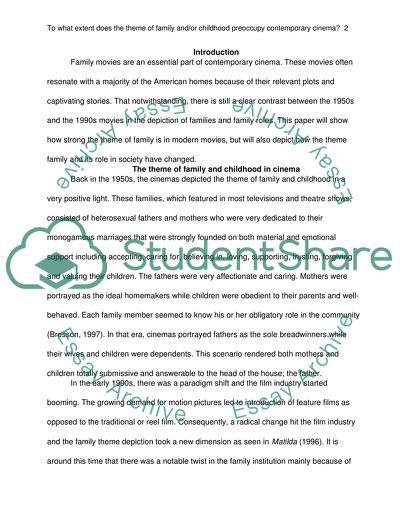Cite this document
(To What Extent Does the Theme of Family or Childhood Preoccupy Coursework, n.d.)
To What Extent Does the Theme of Family or Childhood Preoccupy Coursework. https://studentshare.org/visual-arts-film-studies/1864464-contemporary-cinema
To What Extent Does the Theme of Family or Childhood Preoccupy Coursework. https://studentshare.org/visual-arts-film-studies/1864464-contemporary-cinema
(To What Extent Does the Theme of Family or Childhood Preoccupy Coursework)
To What Extent Does the Theme of Family or Childhood Preoccupy Coursework. https://studentshare.org/visual-arts-film-studies/1864464-contemporary-cinema.
To What Extent Does the Theme of Family or Childhood Preoccupy Coursework. https://studentshare.org/visual-arts-film-studies/1864464-contemporary-cinema.
“To What Extent Does the Theme of Family or Childhood Preoccupy Coursework”. https://studentshare.org/visual-arts-film-studies/1864464-contemporary-cinema.


